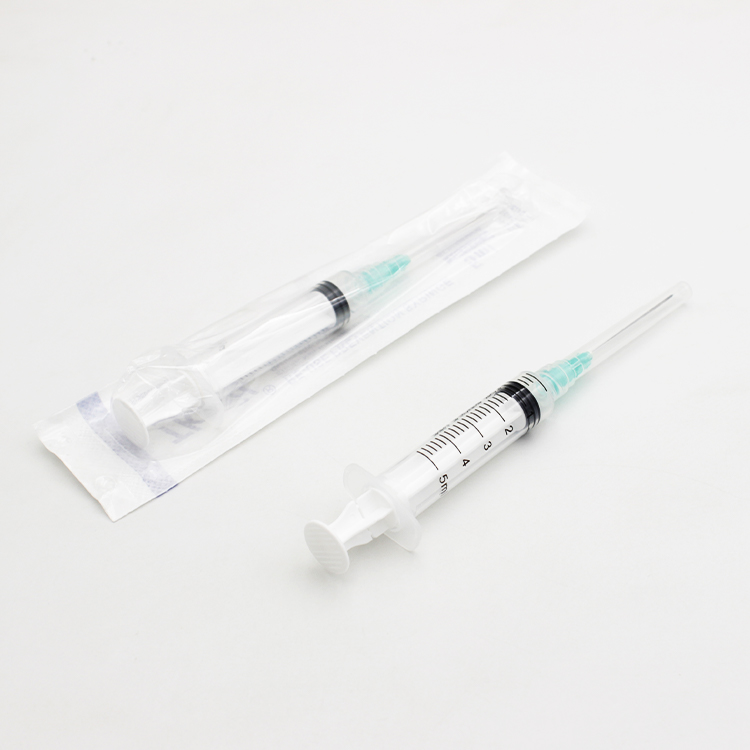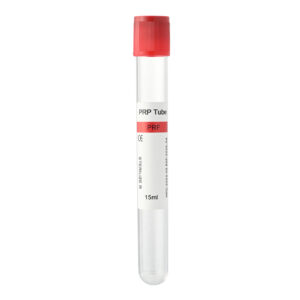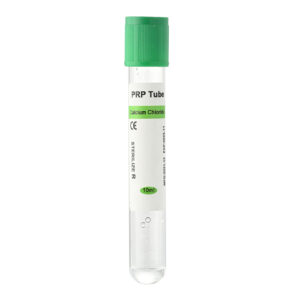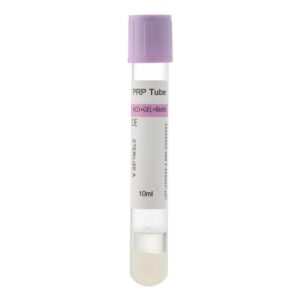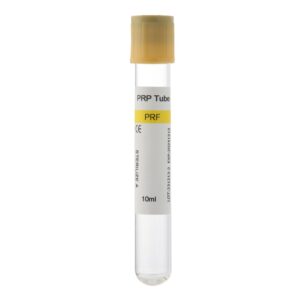A Luer Lock syringe is a widely used medical device designed to provide a secure connection between the syringe and the needle, ensuring accuracy and safety during medical procedures. Luer Lock syringes are highly versatile and suitable for various clinical applications, such as intravenous injection, intramuscular injection, and medication preparation. This guide provides detailed instructions on the correct usage of Luer Lock syringes, including their applications, usage steps, and selection of different sizes.
Introduction to Luer Lock Syringes
A Luer Lock syringe features a threaded interface, designed to create a secure connection between the syringe and the needle. By using a simple twist mechanism, users can firmly lock the needle in place after attachment. Healthcare providers commonly use Luer Lock syringes for intravenous injections, intramuscular injections, medication preparation, and other medical procedures. Compared to traditional Luer Slip syringes, Luer Lock syringes offer enhanced reliability, effectively preventing needle detachment and reducing the risk of errors. This design is particularly suitable for high-pressure injections or prolonged infusions, such as total parenteral nutrition or chemotherapy administration.
Luer Lock syringes are not only used in hospitals but are also widely employed in clinics, home healthcare, and laboratories. Due to their safety and versatility, they are suitable for sample collection, medication mixing, and handling biological preparations. Healthcare professionals extensively use Luer Lock syringes in anesthesia, emergency care, vaccinations, and clinical experiments, where their secure connection in high-pressure environments is crucial for ensuring the safety and accuracy of medication delivery.
Sizes of Luer Lock Syringes
Luer Lock syringes come in various sizes, suitable for different medical applications. Common sizes include:
- 1 mL: Suitable for precise small-dose injections, such as vaccines, insulin, and intradermal injections. Its high precision makes it ideal for procedures requiring small and accurate doses.
- 3 mL: Commonly used for intramuscular or intravenous injections. Healthcare providers widely use it for antibiotics, vaccines, and painkillers.
- 5 mL: Often used for medication preparation or administering larger doses, such as vitamin injections or subcutaneous fluids.
- 10 mL: Suitable for diluting medications or administering larger volumes of solution, often used for intravenous administration, anesthesia, or other high-dose medications.
- 20 mL and above Typically used for intravenous infusions, sampling, or procedures requiring large volumes of fluid. Healthcare providers commonly use syringes of 20 mL, 30 mL, and 50 mL in emergency and nursing care for tasks such as saline flushes and catheter irrigation.
Selecting the correct syringe size ensures accuracy, minimizes medication waste, and improves ease of use. Healthcare professionals should choose the appropriate syringe size based on the specific treatment goals and medication dosage to ensure safety and effectiveness.
Steps for Using a Luer Lock Syringe
Preparation:
Before using a Luer Lock syringe, ensure that all equipment is sterile. Check the syringe and needle packaging for integrity and verify that they have not expired. Wash hands thoroughly and wear sterile gloves to reduce the risk of infection. Maintain a sterile environment during the procedure to avoid contamination of the syringe and medication.
Attaching the Needle:
Push the syringe plunger all the way down, then remove the needle from its packaging. Align the base of the needle with the syringe’s hub, and twist the needle clockwise until it is securely locked in place. Ensuring a secure attachment is crucial to prevent the needle from detaching during the procedure, especially when administering viscous liquids or high-pressure medications.
Drawing Medication:
Insert the needle into the medication vial, ensuring that the vial’s rubber stopper has been disinfected with alcohol. Pull the syringe plunger upward to draw the required amount of medication. Ensure there are no air bubbles in the liquid. If bubbles are present, gently tap the side of the syringe to move them to the top, then push the plunger slightly to expel them. When drawing medication, maintain smooth and steady plunger movements to avoid generating air bubbles, which can compromise dosage accuracy, particularly for precise medications.
Injection:
Disinfect the injection site and choose the appropriate injection angle (e.g., 90 degrees for intramuscular injections or 45 degrees for subcutaneous injections). Insert the needle into the skin at the proper angle, then steadily push the plunger to administer the medication. The injection should be slow and controlled to minimize discomfort. Healthcare providers may need to adjust injection speed for different medications—some oily or high-concentration solutions require slower injection to reduce patient discomfort and tissue damage. After the injection, withdraw the needle and apply pressure to the injection site with an alcohol pad for a few minutes to prevent bleeding and bruising.
Disposal:
Dispose of the used syringe and needle according to medical waste disposal regulations to avoid cross-infection or other safety hazards. Place the used needle immediately into a puncture-proof sharps container. The syringe and needle are for single use only to prevent cross-contamination. Sharps containers must meet relevant standards to ensure needles cannot puncture the container, avoiding contamination or injury.
Precautions When Using a Luer Lock Syringe
- Maintain Sterility: Ensure that the syringe and needle remain sterile throughout the procedure to prevent infection. A strict aseptic technique is essential for safety, especially during intravenous injections, which carry a higher risk of infection. Aseptic techniques include hand disinfection, sterile gloves, and sterile drapes.
- Select the Appropriate Size: Choose the correct syringe size based on the medication dosage and the type of injection to ensure accuracy and safety. Incorrect size selection may lead to inaccurate dosing and compromise treatment outcomes. This is particularly important for medications that require precise dosing, such as insulin or anesthetics.
- Avoid Reuse: Luer Lock syringes are single-use medical devices and must not be reused to prevent cross-infection. Reusing syringes poses a significant risk of bacterial or viral infection, particularly in immunocompromised patients. Adhering to the single-use principle is fundamental for patient safety.
- Ensure Secure Operation: The stability of the Luer Lock syringe during use is a key advantage, particularly in high-pressure administrations, where a secure needle connection is essential. When using infusion pumps, the Luer Lock connection ensures continuous and safe medication delivery.
- Storage and Environment: Store syringes in a dry, cool place, away from high temperature and humidity to maintain sterility and integrity. Exposure to high temperatures may cause deformation of the syringe’s plastic material, affecting its connection and safety during use.
Advantages of Luer Lock Syringes in Specific Applications
- High-Pressure Applications: When using infusion pumps or administering medications under high pressure, the threaded connection of Luer Lock syringes provides a secure attachment, preventing needle detachment or medication leakage. This feature is particularly important for chemotherapy and total parenteral nutrition.
- Laboratory and Research Use: In laboratory environments, Luer Lock syringes are often used for precise liquid handling and biological sample collection. The secure connection effectively prevents sample contamination, ensuring the reliability of experimental results.
- Administration of Viscous Medications: Luer Lock syringes are ideal for administering viscous medications. The secure connection prevents the needle from detaching due to the high resistance of the liquid during injection. This makes Luer Lock syringes highly suitable for injecting oily medications, contrast agents, and other viscous solutions.
Conclusion
Luer Lock syringes are widely used in medical settings due to their secure and stable connection. Proper use of Luer Lock syringes enhances the accuracy of injections and minimizes risks during procedures. Selecting the appropriate size and following proper usage protocols are key to ensuring safe injections. Users should adhere strictly to aseptic techniques and correct procedures to ensure patient safety and treatment efficacy. This guide aims to help you better understand and use Luer Lock syringes, thereby improving the quality and safety of medical procedures.
The broad and professional applications of Luer Lock syringes provide crucial support for medical operations in both clinical and laboratory environments. By thoroughly understanding their usage and precautions, healthcare professionals can administer treatments more effectively, improve patient outcomes, and ensure the safety and efficiency of the entire process.

